Laughable. Absurd. Farcical.
Those words sprang to mind when I first saw the winglets on the 2025 BMW M 1000 RR.
By now, I’m used to mustachioed motorcycles, but the M’s stache was less handlebar and more horseshoe. It looked less like a superbike and more like a caricature of one.

I’m glad to say I had a less visceral reaction to the aero on BMW’s recently revealed Concept RR.
A sign of things to come?
The German marque pulled the covers off its latest superbike prototype at the Concorso d'Eleganza Villa d'Este, a classic car show held along Northern Italy’s Lake Como. That backdrop couldn’t provide a greater juxtaposition to the modernity and technology presented in the Concept RR.
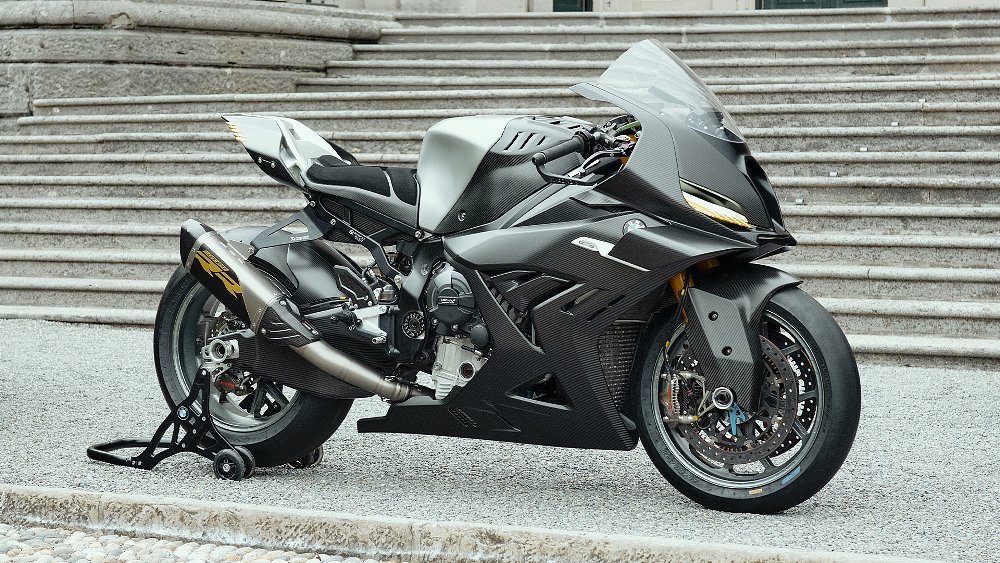
Based on the factory Superbike that Toprak Razgatlioğlu piloted to the 2024 Superbike World Championship (WSBK) title, the concept houses a 230-horsepower version of BMW’s 999 cc inline-four engine. Along with that souped-up mill, the WSBK M 1000 RR lends its electronic control system (engine management, traction control, and engine brake, etc.) to the prototype, as well.
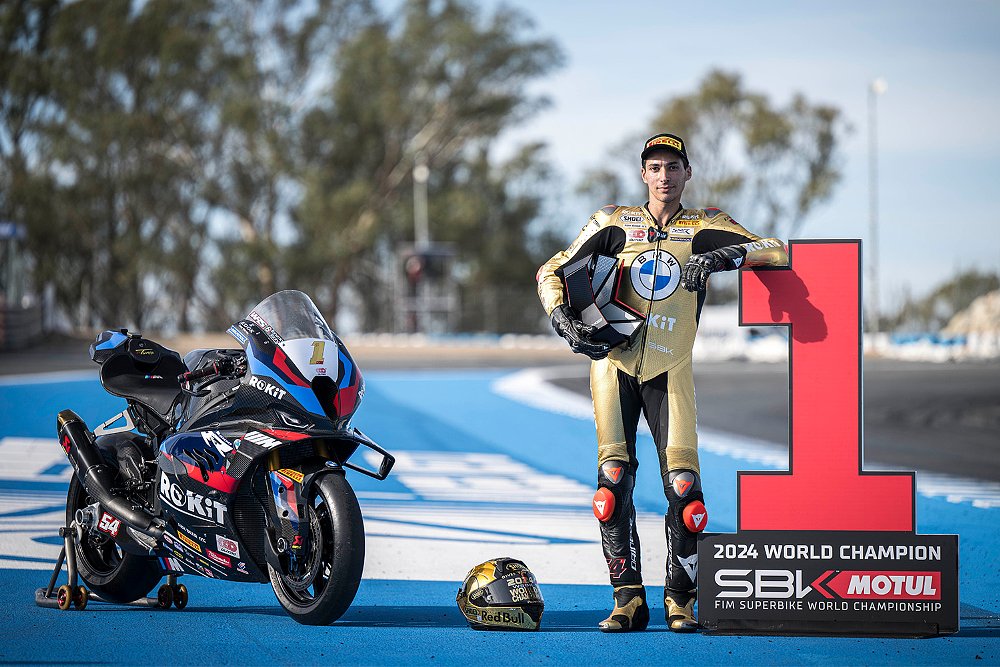
The Bavarians stop short of providing further technical details, though. Instead, the brand turns its attention to the Concept RR’s lightweight construction, which it attributes to the bike being fully regaled in carbon fiber. That much is evident not only in the bodywork but also on the swingarm, which is another feature of BMW’s factory race machine.
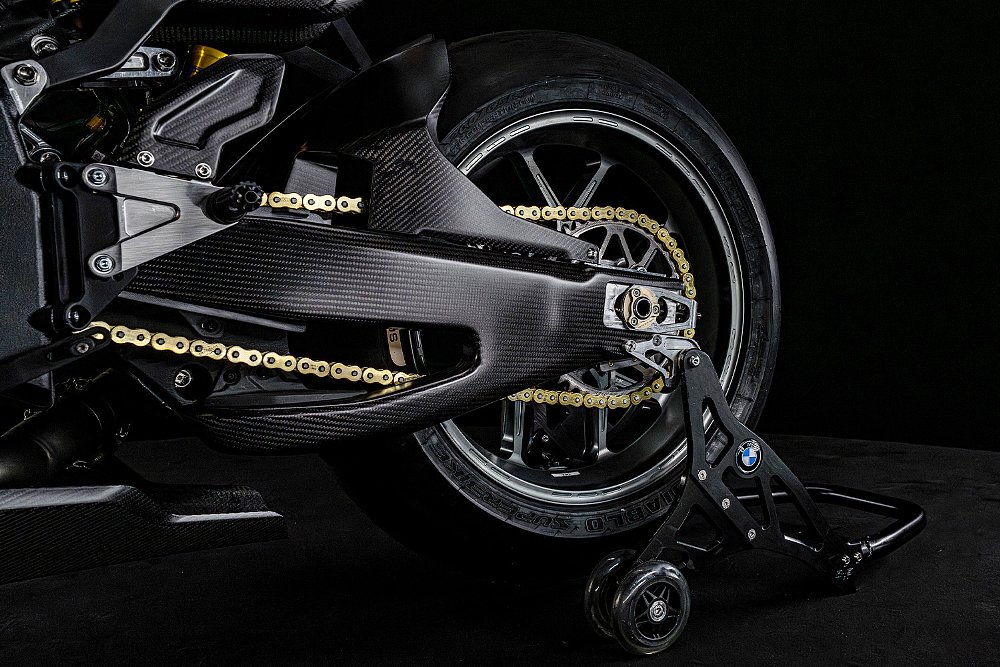
The Concept’s design is a clear departure from current-gen RRs, too. From its sharper, angular lines to the boxy gas tank to the chiseled, svelte tail section, all signs point to a sleeker design language for the future M and S lines. That quality also extends to the winglets. That’s the real story here.
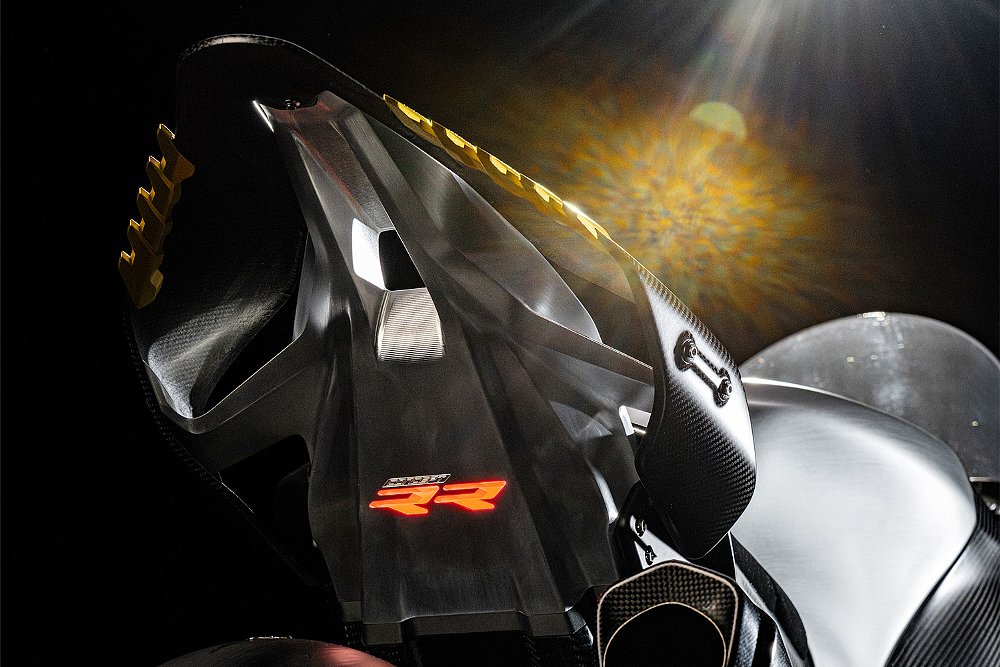
BMW says the Concept RR’s aero package balances the competing goals of riding stability (at high speeds), maximum cornering speed, and minimal wind resistance. It reportedly does so with an “unprecedentedly compact package, reduced external attachments, and enhanced precision of airflow.”
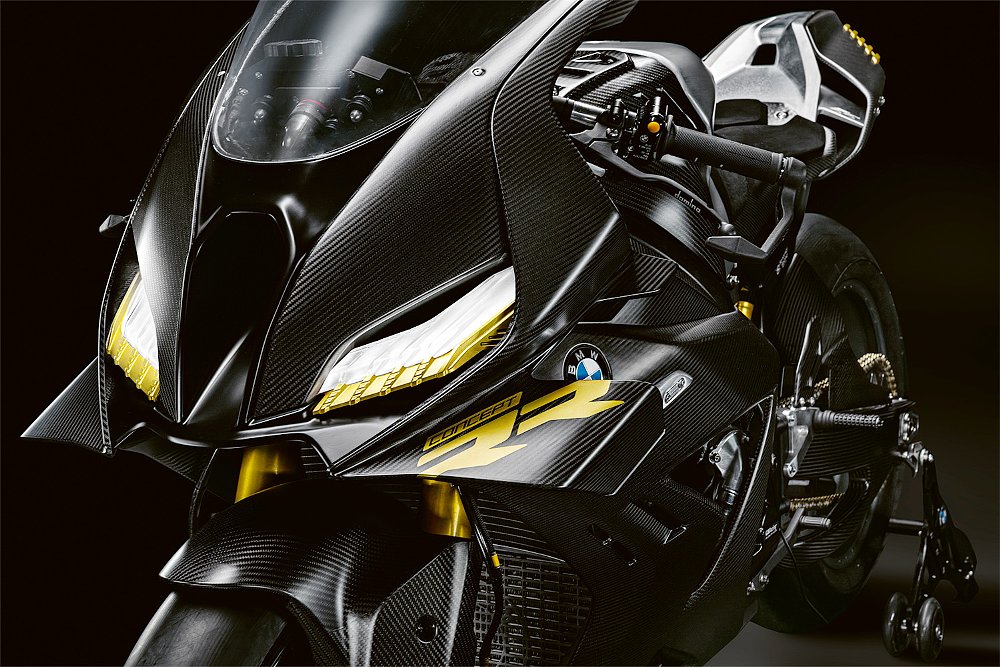
BMW attributes the Concept RR’s winglet design to performance parameters. Now, I don’t have any evidence to refute those claims, but I’d like to believe that the brand saw the response to the 2025 M 1000 RR and corrected course. My suspicions may never be confirmed, but BMW isn’t the only one cooling on the winglets craze. I was pleasantly surprised when the latest Ducati Panigale V2 arrived with no aero appendages, a feature Ducati reps called “fake” (on a 120-horsepower bike) when Zack attended the model’s press launch.
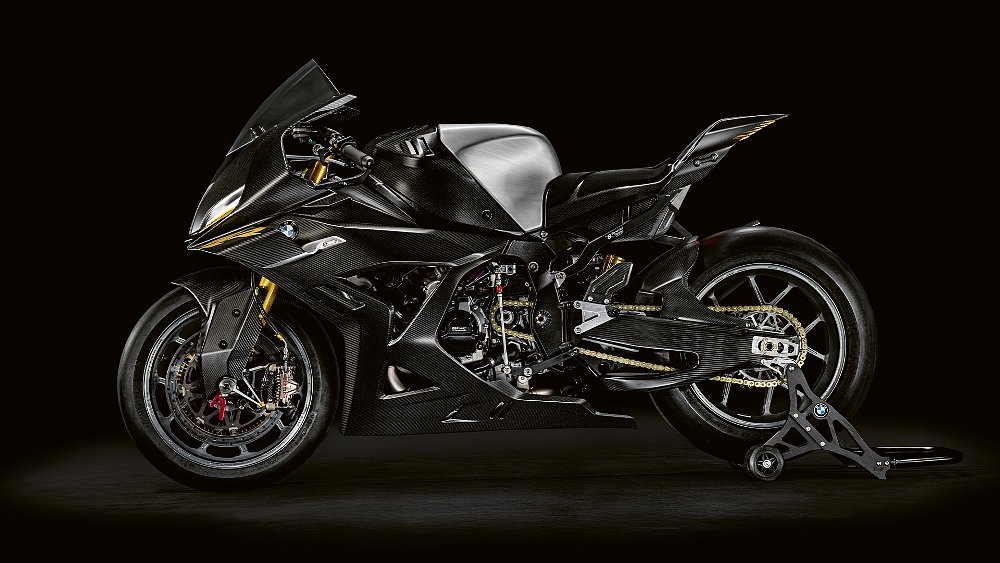
Let’s face it. Wings are here to stay (on Superbikes, at least). That doesn’t mean they need to look comical. As long as they aren’t laughable, absurd, or farcical in nature, I’m compelled to embrace them. To that end, I’m hopeful future generations of the M 1000 RR follow the example set by the Concept RR.













